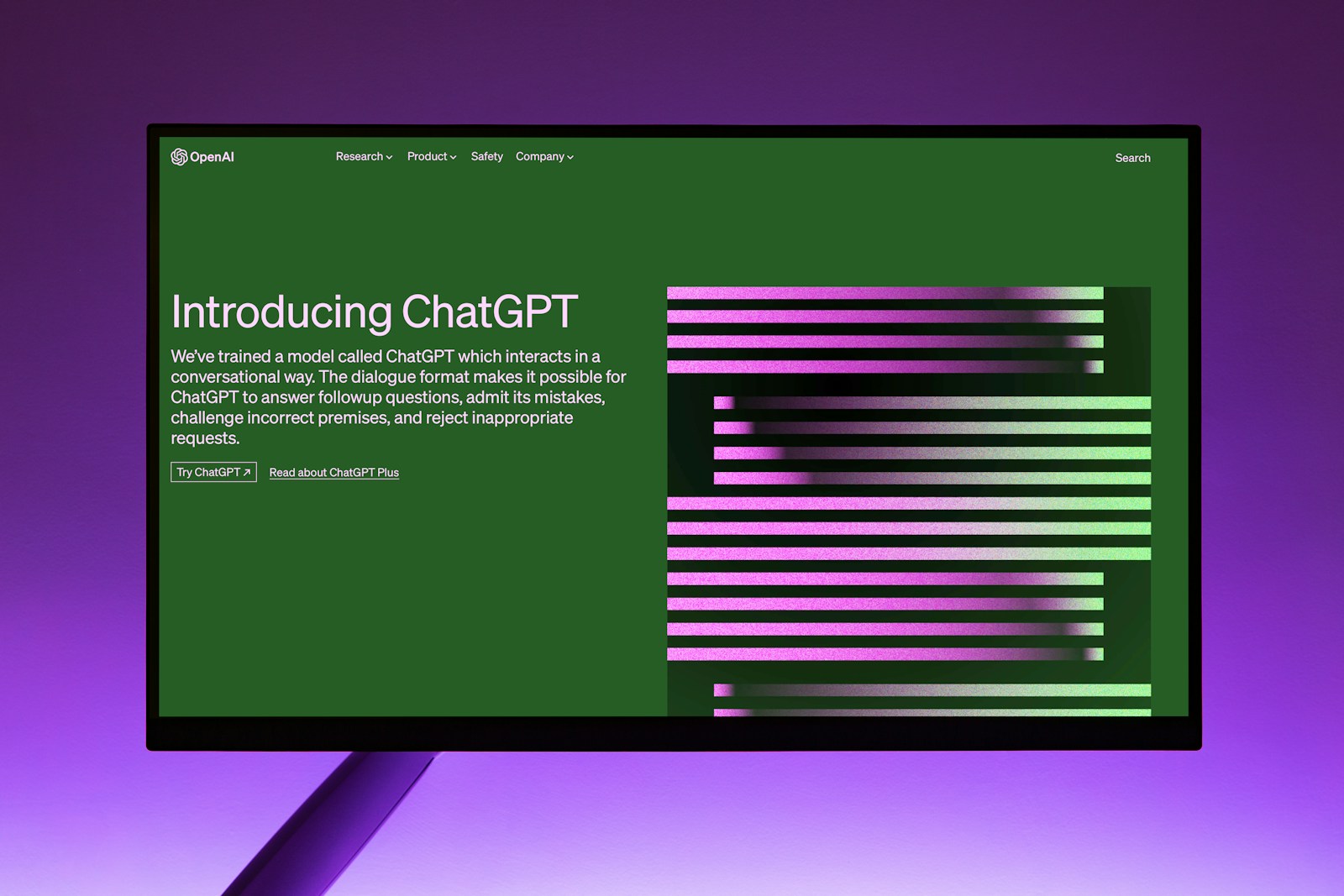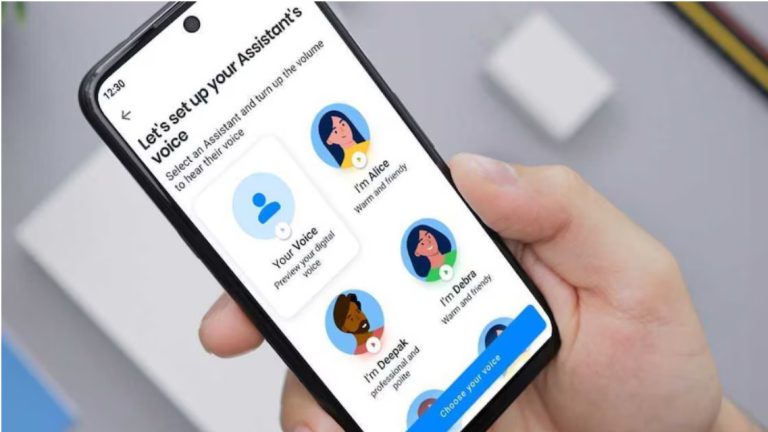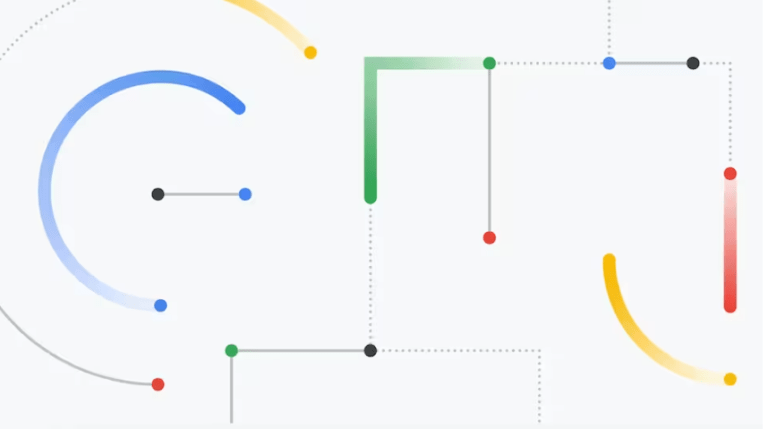How to enhance your AI prompts to achieve better results

You’ve been hearing about ChatGPT and other AI tools’ incredible potential, and you gave them a try, but you don’t really understand the excitement. It’s likely that your prompting abilities require enhancement.
AI is now more than simply a tool for writers. Complex activities in domains like web development, customer support, and data analysis can be completed using it.
Raising your AI prompting game is the key to maximizing its potential.
AI technologies have transcended industry boundaries and hold the potential to completely transform how we work and solve issues. However, many users find that the high expectations others have for adopting AI are not met in practice.
It’s similar to hearing about a popular film and then being let down when you see it. The way humans engage with AI is the issue, not the AI itself.
Assume you were a photographer with access to the most sophisticated equipment, enabling you to capture breathtaking images.
However, all you’ll get are overexposed or grainy photos if you don’t know how to use its settings. AI works similarly in that the result can only be as excellent as the input, which in this case is your prompt.
Many consumers enter the world of AI with mixed feelings of excitement and great hopes, only to be disappointed by the outcomes. They may ask ChatGPT to “write a blog post” or “explain a concept,” but they won’t get the depth or precision they were hoping for in the response they get.
These days, creating persuasive AI prompts is a necessary talent rather than merely a nice-to-have one. Artificial intelligence (AI) solutions, such as ChatGPT, are finding their way into more spheres of both personal and professional life. Examples include marketing strategy development, document writing, and customer service automation.
However, in order to utilize these features, users must first learn how to interact with AI systems in an efficient manner. Those utilizing AI must master the art of prompting, which involves articulating needs succinctly, contextually, and with clarity. This is similar to how an experienced project manager learns to assign work with accuracy. Users lose out on the full potential of the formidable AI engine when this talent isn’t used.
In 2023, OpenAI ran a research which revealed that users who invested time in improving their prompts experienced a 30% rise in the accuracy and relevancy of information supplied by AI. This highlights the clear correlation between the caliber of your prompt and the caliber of your engagement with AI.
You must improve your prompting style if you want to make the most of AI tools.
Here are some tactics to assist you in doing that.
Your audience is among the first things you should consider. Consider yourself a marketer creating a post for social media. The AI may produce anything that seems overly formal or outdated if you don’t make it clear that the information is intended for a Gen Z audience. By mentioning the target audience in your prompt, you can be sure that the AI will adjust the tone and style accordingly.
Rather from just asking, “Write a social media post about sustainable fashion,” you may ask, “Write a social media post about sustainable fashion for Gen Z.”
Think in sequences after that. Divide the process into smaller, more achievable steps if you want AI to assist with anything hard. Don’t merely ask AI to “create an event agenda” if you’re preparing an event and need help managing the schedule.
Instead, split it down as follows: ask for an agenda that is formatted properly, a list of activities that would be appropriate for your event, and information for each activity. Step-by-step guidance of the AI will result in better organized and valuable output.
An additional effective element in your prompt toolbox are positive orders. Stress the things you do desire rather than the things you don’t. For example, instead of saying, “Don’t clutter the design with too many elements,” you should lead with, “Create a minimalist website design with a focus on white space,” if you’re designing a website and want a minimalistic layout. This method more successfully guides the AI’s creative process.
Never be afraid to ask for further information from AI if its response doesn’t fully match your expectations. Even with its advancement, AI occasionally needs a little prod in the correct direction. You could ask, “Explain this concept in simpler terms, like you’re explaining to a high school student,” if an explanation appears strange or overly complicated. This guarantees that the response is appropriate for your needs in terms of detail.
AI replies can be made much better by using examples. Providing an example of the style or tone you want, for example, while requesting AI to write a blog post will help the AI come closer to your desired outcome. Write a blog entry about renewable energy, for instance. This is an example of the tone and style I want: [Insert Example].
Remarkably, researchers have discovered that ChatGPT reacts more favorably when it is “threatened” with negative outcomes for subpar work. Even while it might seem strange, telling the AI something like, “You will be penalized if the response is off-topic,” will help it focus more. It is comparable to reminding a pupil of the standards for assessing an assignment before to its submission.
You should specifically instruct the AI to “respond in a natural, human-like manner” if you want responses to sound more realistic. By doing this, the occasionally robotic or extremely formal tone that AI outputs can have can be lessened, making the text more approachable and interesting for readers who are not robots.
Improving the AI’s ability to solve problems can also help it perform better. For instance, use the prompt “Think step by step to diagnose the problem” when you’re troubleshooting a problem. This motivates the AI to act logically, which is beneficial for activities that require technical or analytical thinking in particular.
Giving the AI a role can change everything. Say something like, “Act as a legal expert and explain the implications of breaking a non-compete agreement,” if you’re looking for legal counsel. This aids in obtaining more specific responses in addition to placing the AI’s response in the appropriate context.
Finally, remember the effectiveness of repetition in your prompts. In order to make sure your request is understood, repeat any particularly crucial parts. An example of this would be “Generate a creative brief that is thorough, detailed, and comprehensive,” which instructs the AI on how to highlight these attributes.
You may make your conversations with AI more sophisticated and effective by improving your AI prompting abilities. AI is a true extension of your abilities, and the time you spend honing your prompts will pay off in the caliber of the output you receive. Learning the art of prompting can help you stay ahead in a world where intelligent systems are taking over, as AI advances and makes your work easier.







